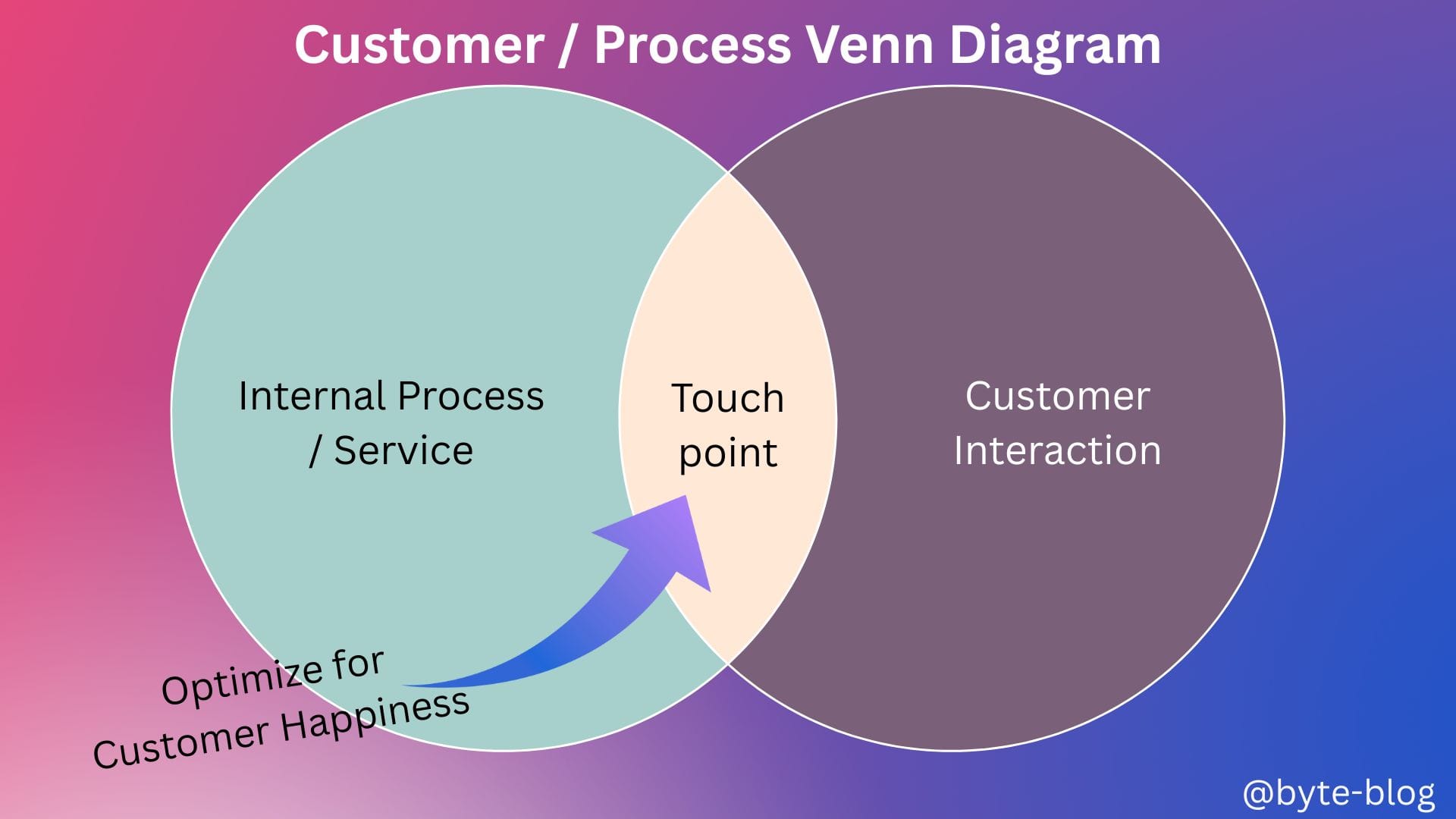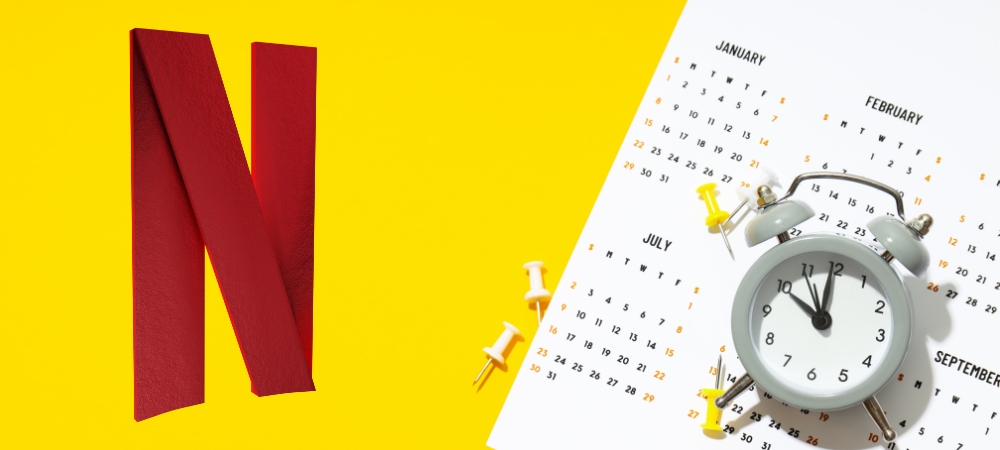Finance Byte - Week 18 Netflix Episode 1

Table of Contents
- Recap
- Understanding Netflix
- Brief History
- References & Links
Recap
During Week 17, we went beyond numbers to identify the key drivers behind unit economics of a business. It's not only important to report the numbers but also understand the key drivers & story behind the numbers so that stakeholders can action accordingly.
All KPIs related to unit economics (Customer Lifetime Value, Churn, Customer Acquisition Cost etc) are defined & shaped by customer action.
From a unit economics perspective, the objective for any company is to maximize the customer LTV (Customer Life time value) with minimal CAC (Customer Acquisition Cost).
We used MoviePass as an example of a company which had unsustainable unit economics at a certain point of it's existence.
Then we explored the Venn connection of
- Customer experience &
- Internal organization process
These are the touch points where the customer interacts with the company product or service. The company has to optimize customer experience & design the organization process around this objective without compromising on internal policies & costs as visualized below:

The process or service has to be optimized for customer happiness by :
- Having the systems & data to look at one customer or a group of customers & their behaviors as they pass through different stages of their journey with the company &
- also as they interact with the different internal processes & experience of your business at various touch points
This complete view of a customer journey is what gives a picture of their lifetime value & identify ways to optimize it.
This week, we give life to the concepts that we discussed earlier using Netflix as an example.
Understanding Netflix
We will lay the path to understand how unit economics works in the streaming industry with emphasis on Netflix as below :

- Brief history of Netflix in the context of understanding their unit economics
- Explore business model used in both eras - DVD & online streaming
- Using each business model, deep dive into their individual unit economics
- We will then understand how Netflix drives their unit economics
- We will compare Netflix unit economics with it's peers & competitors
Let's buckle up as it's going to be long drive

Brief History

Long before internet, Youtube or Netflix, there were video cassettes, DVDs, CDs etc through which we watched movies or listened to music. There were video rental stores where DVDs or video cassettes of movies were laid in rows under various genres - Horror, Action, Comedy etc.

Customers used to visit video rental stores to browse in store & select videos to watch for the evening or weekend & then return them back to the store after they finished.
Founding - 1997
It was in this backdrop, Netflix was founded in 1997 by Reed Hastings & Marc Randolph as a DVD rental service by mail which was an entirely new & revolutionary business model where
- Customers selected the movies they wanted to watch through an online (then web-based) catalogue &
- The DVDs were delivered to customers via US postal delivery
Thus, the company's unique positioning at that time was it's web based catalogue of films which customers could browse from anywhere instead of driving over to movie rental stores. Customers could build a queue to determine the order in which they would receive the DVDs from Netflix.
In this business model, customers paid a fee for each DVD they rented & were charged a "late-fee" for any movie returned past due date. It was more like a traditional video rental but without physical stores & only online presence.
Subscription Model - 1999
In 1999, it adopted a subscription based business model where instead of paying a fee for each movie rented, customers paid a monthly fee for renting DVDs.
Netflix's business model of subscription based revenue was upgraded in 2000 with the introduction of their "Unlimited Movie Rental Program". This new subscription model, at a fee of $19.95 per month, offered customers unlimited movie rentals in a month, receiving up to 4 DVDs at a time.
As part of enhancing customer relationship with subscribers, the company eliminated all per-movie, shipping and late-fee charges which added immense value to the offering from a customer view point. This point resonates with the Venn diagram discussed last week of improving the touch points through internal processes to enhance customer experience. We will get back to this point later.
Launch Streaming Service - 2007 onwards
In 2007, Netflix launched it's revolutionary streaming video service, shifting from mailing DVDs to online content. International expansion began in 2010 & by 2013, Netflix was producing original content making it a leading creator of original streaming movies & TV shows.
Today, Netflix operates in over 190 countries, serves hundreds of millions of subscribers, and is a leading global innovative media company consistently pushing the limits of innovating entertainment through streaming and original productions.
Summarizing the above,
1997 - Founding
- DVD-by-mail rental with online catalog
- Pay-per-rental + late fees model
1999-2000 - Subscription Model
- Monthly unlimited rentals ($19.95/month)
- Eliminated late fees and per-movie charges
2007+ - Streaming Era
- Launched online streaming (2007)
- International expansion (2010)
- Original content production (2013)
Today
- 190+ countries, hundreds of millions of subscribers
- Leading global streaming and content creator
Next week, we explore the business models with numbers reflecting unit economics in both DVD & streaming eras.
References & Links



